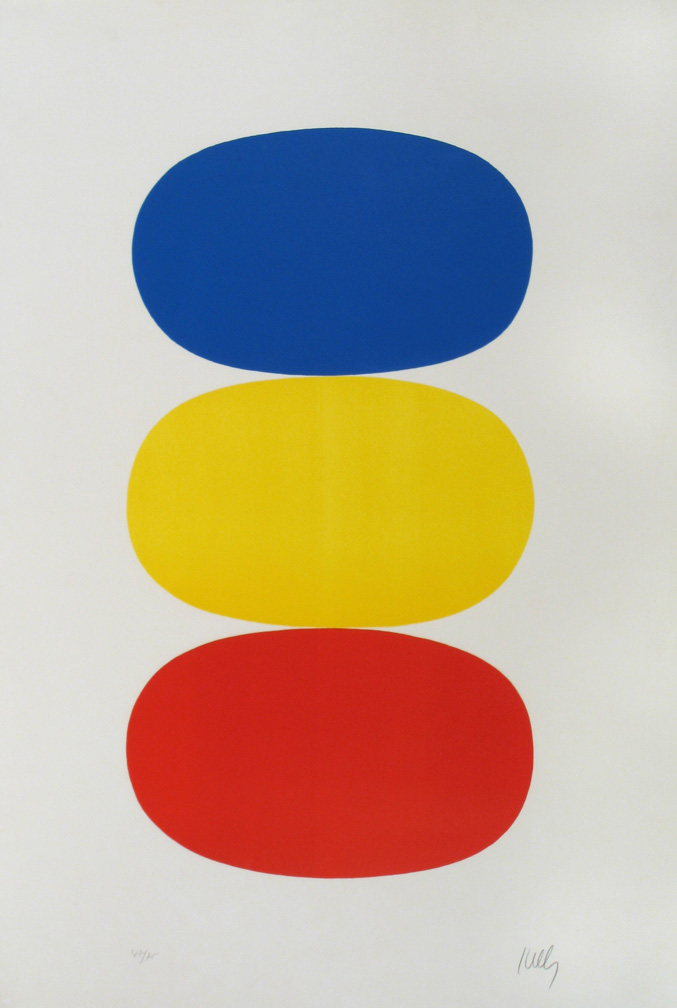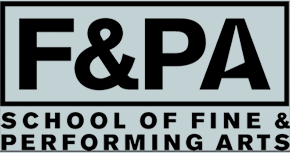
Blue and Yellow and Red-Orange
Born in Newburgh, NY, artist Ellsworth Kelly (1925–2015) is remembered for his pivotal role in post-war American painting. Kelly's principles and practice influenced Pop Art, Minimalism, hard-edge, and color field painting.
Kelly studied technical drawing and design at the Pratt Institute until 1943 when he was drafted into the U.S. Army and worked as a camouflage artist. His duties entailed painting objects intended to misdirect enemy bombers. After World War II, Kelly returned to Europe through the G.I. Bill® and studied at the Boston Museum of Fine Arts and then in Paris at the École des Beaux-Arts.
By 1954 he returned to NYC, where Abstract Expressionism dominated the art scene. Kelly separated himself from this movement by rejecting the idea of leaving brush marks, or evidence of the painter's hand, on his canvases. Instead, he used close geometric shapes and pure colors.
Kelly applied these principles to printmaking, a medium he focused on during the 1960s. The Dorsky holds a lithograph Blue and Yellow and Red-Orange, (1964–65) from his series "Suite of Twenty-Seven Color Lithographs." The lithograph exemplifies his allegiance to pure forms and his utilization of vivid primary colors—red, yellow, and blue—which he flatly applied to the surface.
Simultaneously, Kelly produced a suite of detailed plant lithographs aimed to illustrate that studying plants and nature informed his geometric shapes. He continued to intertwine these subjects throughout his career.

